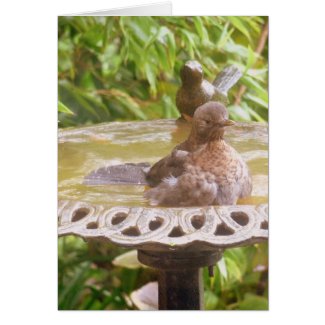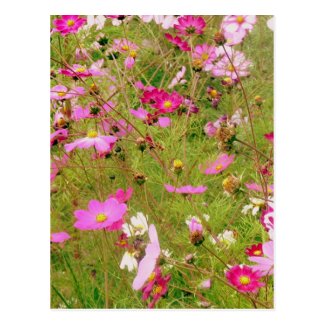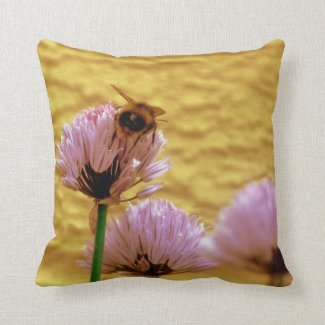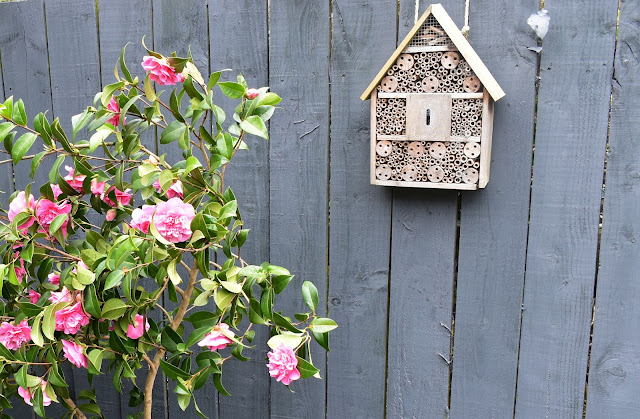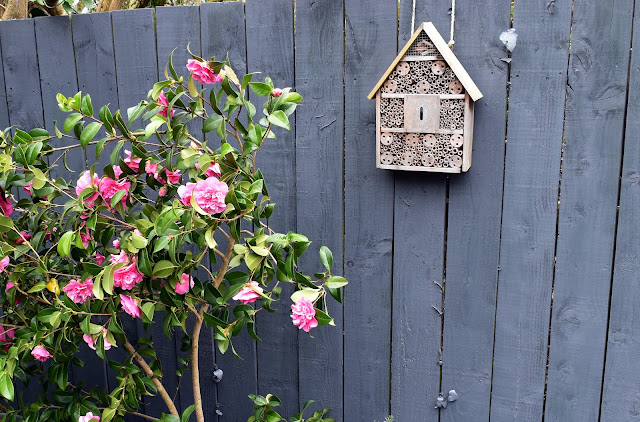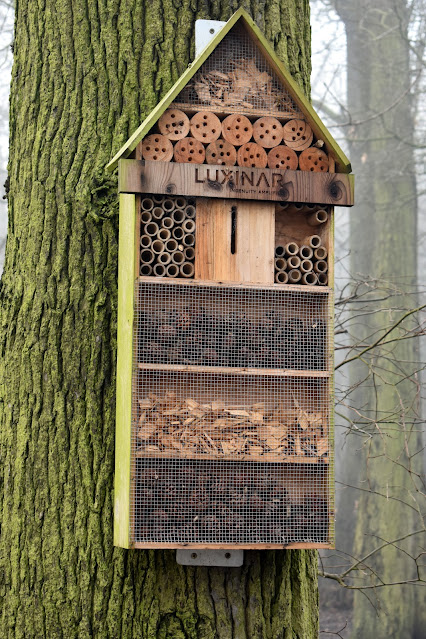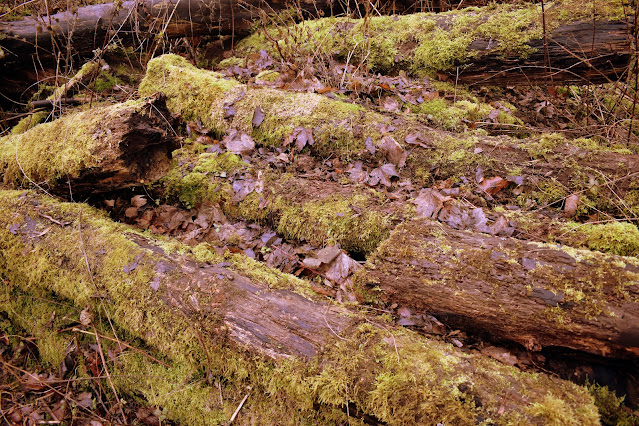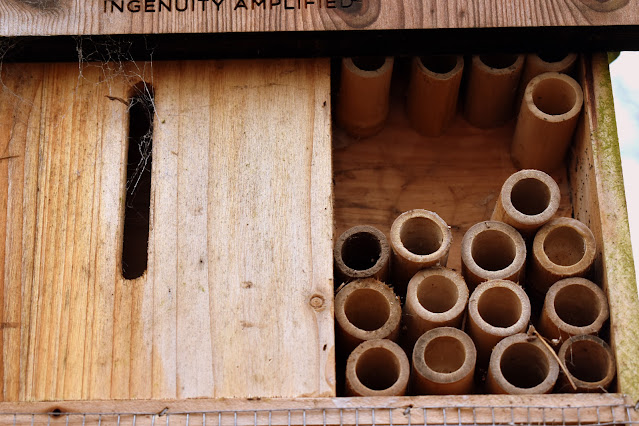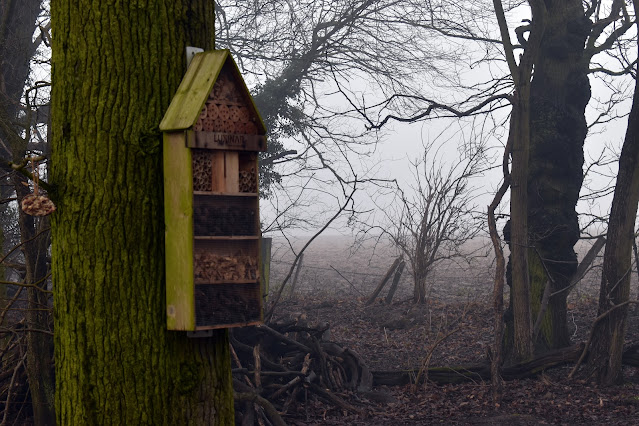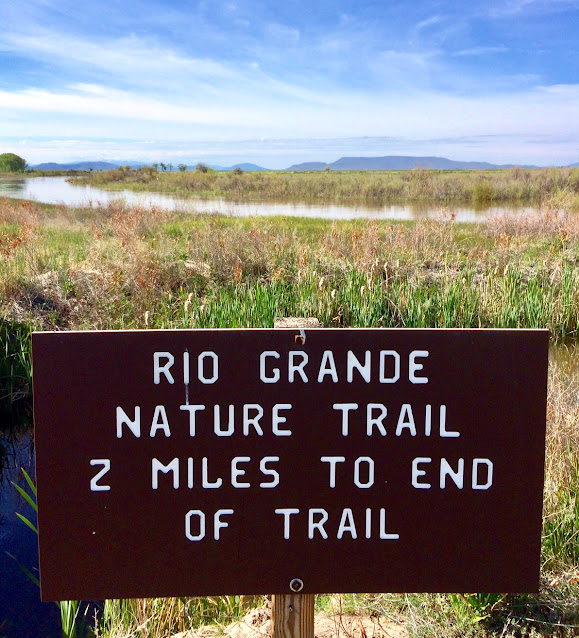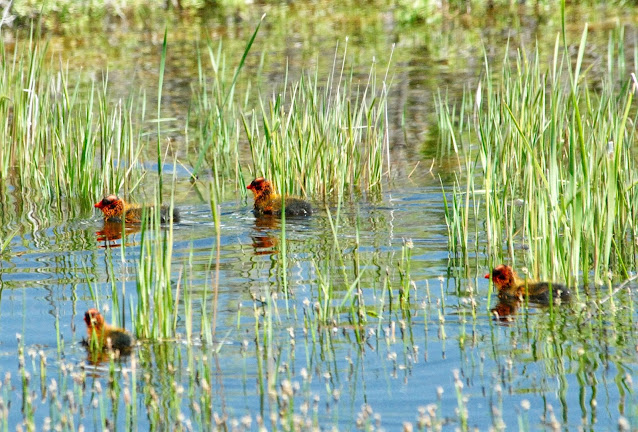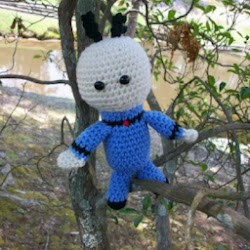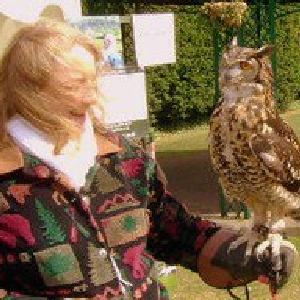 |
| Butterfly On Wild Flowers By Raintree Annie |
If one of the things you would like to do in the New Year is to do more to help our precious and often at-risk wildlife here are six easy ideas reviewed.
Even if we do just one of these we will be helping wildlife and nature. Do all six and your garden could be transformed into a wildlife haven in less than a year!
In our gardens, balconies and patios we can all do one thing for wildlife and make such a huge difference. Some of these ideas are very easy indeed while others require a little more thought and time but all are fun and not difficult for most people to achieve. You may well find children enjoy being involved in many of these activities as well.
1. What To Do With The Old Christmas Tree
I hope you had a lovely time at Christmas and an attractive, decorated Christmas tree.
We will keep ours up in the house for a little while longer but now is the time to think about what to do with it once the time comes to take it down.
I find it quite depressing to see all the Christmas trees outside people's houses ready to be taken away by the refuse collectors, of no more use to the neighbourhood.
I do not like waste and feel there is a better way to recycle our old Christmas trees long after they have given us so much happiness.
Making a woodpile with the chopped branches, creating a stumpery, shredding it and using the shreddings for mulch or even just laying it down in an undisturbed area of the garden for habitat and shelter all help our gardens and our wildlife.
What Do You Do With The Old Christmas Tree discusses more uses for our old Christmas trees.
2. Don't Be So Tidy in The Garden!
This may be an easy one to follow! However, I understand many of us like to have a neat and tidy garden, all edges carefully trimmed, leaves gathered up and all weeds eradicated. There is something very pleasing about a neat and tidy garden. However for nature, for wildlife they need us to be a little messier in our gardens.
Wildlife view our gardens as s source of food, warmth, shelter and breeding sites so they look for leaves, woodpiles, shrubs, water and long grass to name a few.
There is a way to have a mainly neat and tidy garden and to help wildlife though. Messy does not have to mean ugly.
A small log pile can be made attractive to us and useful for wildlife, leaves left in borders or in a small pile out of the way are an invaluable source of shelter and food and just leaving things a little less manicured can be a boon to nature generally.
We can easily designate a small area of the garden where we allow it to be a little wilder. In fact, I think a garden that aims to attract wildlife is especially beautiful and full of sound and sights and life.
 |
| Diary Of a Wild Country Garden. Are we Too Tidy In Our Gardens? Raiintree Annie |
If you decide to do this you will reap the benefits in terms of seeing more birds, butterflies and bugs and attracting more insect and bird predators to your garden to help you with the pests and diseases all gardens have to deal with. For more ideas please see Are We Too Tidy In Our Gardens?
3. Provide Water For The Birds
Perhaps the most important thing we can do for birds is to provide water. Birds need water to drink and clean their feathers. This is vital for their health and wellbeing.
It is also something that fewer homes provide. Many people think about feeding the birds but less think about the need for water and bathing. Do You Have A Bird Bath In Your Garden? discusses this further with tips to help our beautiful birds.
As long as the water is clean and fresh and ideally we need to change it every day or every few days, it does not matter too much what the container is.
However, many of us choose to have a lovely looking birdbath or a cute novelty birdbath to make our gardens look gorgeous while assisting the birds. You can find beautiful examples here Reviewing Basalt Birdbaths
In addition to beautiful birdbaths, I also use plastic saucers on the ground on our patio to help the smaller birds like these gorgeous sparrows in my garden. I know other wildlife like hedgehogs and squirrels visit the water as well.
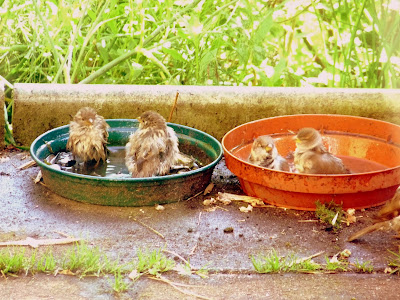 |
| Sparrows Bathing by Raintree Annie |
One of the main pleasures to us of having a birdbath is to watch and photograph the gorgeous, beautiful, fascinating birds every day from the comfort of our own home.
4.Leave An Area Of Long Grass
This is an easy one to fulfill if you have a garden with a lawn. Simply designate one area of the lawn and do not mow it all.
Rather than taking action to help wildlife, this one is all about inaction! Do nothing and wait and see what happens to that small patch of long grass.
It will be interesting to see if you grow any wildflowers or clover. See how liberating it can be to grow daisies and dandelions and how insects love them! Watch out to see if your long grass attracts bees, butterflies or hoverflies.
It's easy, free and a very simple way to help wildlife especially insects. It does not need to be a big area, just what you feel you can allow to grow a little wild.
If you do want to take it a step further and grow some wildflower seeds, you will need to take up some of your grass as grass will generally out-compete the wildflower seeds.
Simply strip the grass away, rake the soil into fine tilth, sow the seeds according to the seed packet and wait for them to grow. The only work you will need to do then is to cut back the wildflowers in autumn.
5. Grow A Window Box For Wildlife
We do not all have big gardens and lawns and may wonder what can we do to help wildlife when we live in a flat or apartment or a house with a hard landscaped yard.
However, if we have a balcony, room for a hanging basket, a window box or a small patio area for pots we can undoubtedly attract and help wildlife. For more ideas on how to attract wildlife in a smaller space, please see Can You Attract Wildlife If You Only Have A Patio Garden Or Window Box
It is amazing how butterflies, bees, lacewings, hoverflies and ladybugs will find their way to your window box given the right flowers and conditions.
Depending on where you live you may need to protect the container in winter. If you are gardening on a balcony, always bear in mind the weight of any containers when filled with soil and plants does not exceed what the structure can take.
A simple container is all we need. You can fill your window box with flowers both perennial and annual or decide to grow vegetables, it is up to you.
Some flowers are better for wildlife than others, but really as long as the plants have some flowers the insects and bees will find them.
Flowers I have found successful in window boxes and hanging baskets and troughs include bright cheerful Marigolds along with Nasturtiums and evergreen Ivy for trailing. Verbena, Fuchsia in a bigger pot and Heather are lovely.
You do need to give Heather acid or ericaceous soil so it will need to be mixed with other acid-tolerant flowers. I also like to put in a few dwarf yellow daffodil bulbs to cheer up the containers.
If you like you can grow wildflowers in a pot and I have done this for several years. You do just need to make sure that the soil is very poor as wildflowers, in general, need poor soil. I use old compost and lots of grit in my wildflower containers. Bees and all manner of insects adore these wildflower pots!
I love to grow herbs such as Rosemary and Lavender and Chives do well also in containers. I would give most herbs a try in pots. Good for us to eat and great for wildlife. Bees seem to always love my Chives!
Your container can easily look good for you and be good for wildlife. You will want some evergreens like Rosemary or Heather there and other summer flowering perennial and annual flowers for interest and nectar for as long as possible.
For ideas on making a healthy balcony garden please see Totally Natural Healthy Ways to Increase Your Garden's Growth - A Garden Review
6.Give Nature A Home
One lovely way to attract and help wildlife is to give them a home to live in and raise young. Whether it is a Bird Box, a Bee House, Insect House or a home for hedgehogs it is possible for everyone with any outdoor space, however small to contribute. Here is an idea for a lovely Birdhouse For Eastern Bluebirds
Over the years many habitats that our birds and insects require to live and breed have been lost. Houses are built without space for birds to nest, grass that is artificial is useless for wildlife and there are fewer places left for bees and bugs to live, hibernate and breed.
However, if we all do a little we can help to reverse this and give our valuable wildlife a home.
If you love nature and know adults and children who would like to do more for wildlife you may wish to buy nature-related gifts for Birthdays, housewarmings and special events this coming year. For ideas please see Wildlife Gift Ideas Reviewed


